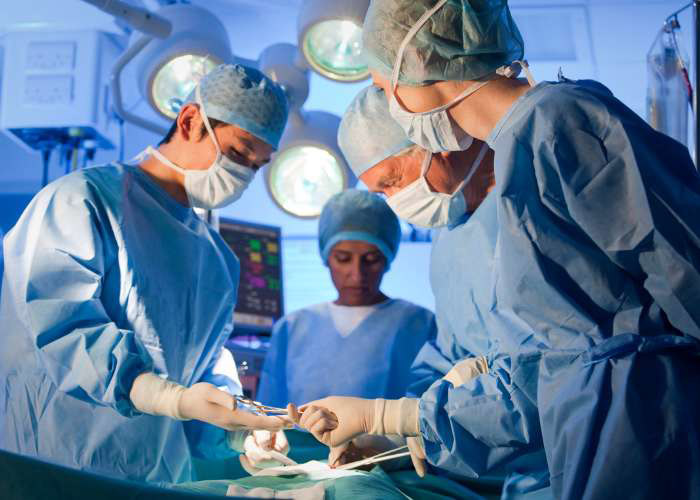What is Golfer’s Elbow?
Commonly known as Golfer’s Elbow, medial epicondylitis is an inflammatory condition of the tendons along the inner (medial) portion of the elbow. The flexor and pronator muscles of the forearm coalesce into a common tendinous sheath that emanates from the medial epicondyle, a bony prominence on the distal humerus (upper arm bone). Athletic or work-related activities that involve repetitive forceful wrist and finger movements can irritate this tendon resulting in pain and inflammation. The pain and inflammation associated with this condition can weaken the grip making activities of daily living, such as shaking hands or turning a doorknob, difficult to perform. Some may also have associated ulnar nerve symptoms with numbness and tingling.
What is the treatment for Golfer’s Elbow?
The majority of patients with Golfer’s Elbow are able to benefit from non-operative therapies alone. Modifying or limiting activities, physical therapy, and non-steroidal anti-inflammatory medications (NSAIDs) can significantly improve symptoms. However, surgical intervention may be necessary if initial treatment with non-operative therapies fails or patients continue to experience pain or more severe symptoms. Surgical repair of Golfer’s Elbow aims to reduce tendon irritation caused by repetitive forearm use. Dr. Ronak Mukesh Patel, orthopedic elbow doctor, treats patients in Sugar Land, Pearland, and the Houston, Texas area, who have experienced Golfer’s Elbow and are in need of surgical repair.
How is Golfer’s Elbow surgically repaired?
Dr. Patel typically performs a Golfer’s Elbow repair as an outpatient procedure using an open surgery technique. A small incision is created over the medial epicondyle to access the inner elbow structures. The medial elbow tendon is examined while protecting vital nerves. The damaged fragments of this tendon are excised and removed and the remaining healthy tendon tissue is fastened back to the medial epicondyle with special surgical anchors secured within the bone. Finally, any additional concerns noted during the examination, such as nerve compression or instability are addressed.

What is the recovery period like after Golfer’s Elbow repair?
The recovery period following Golfer’s Elbow repair is affected by the severity of the injury. The surgical technique implemented by Dr. Patel should not impact the recovery timeline as approaches are minimally invasive and encourage early range of motion of the elbow. The majority of patients can expect a full recovery with a return to normal daily activities in approximately 2 to 3 months. A patient’s willingness to comply with Dr. Patel’s post-operative care instructions can greatly influence the recovery process. Overall, patients in Sugar Land, Pearland, and the Houston, Texas area can expect:
- Immobilization of the elbow with a sling and splint immediately following surgery for less than 1 week. The elbow will then transition to an elbow brace to allow early controlled range of motion for approximately 6 weeks.
- Bruising, pain, swelling, and general discomfort are normal during the first 7 to 10 days after surgery. A combination of rest, ice, and non-steroidal anti-inflammatory medications (NSAIDs) can reduce any of these post-operative symptoms. If necessary, Dr. Patel can prescribe stronger pain medication to be taken as directed.
- Physical therapy will begin within 1 week to re-establish flexibility and improve elbow movement as the elbow is quite prone to stiffness.
- Active participation and completion of the physical therapy program utilizing a specific protocol is the key to a successful Golfer’s Elbow repair. Dr. Patel will design an individualized program based on his intra-operative findings.
Golfer’s Elbow Repair Surgeon

If you participate athletic or work-related activities that involve repetitive forceful wrist and finger movements you are at risk of developing a condition called golfer’s elbow or medial epicondylitis. If golfer’s elbow is severe, it may need surgery to repair the tendon. Golfer’s elbow repair surgeon, Doctor Ronak Mukesh Patel, provides diagnosis as well as surgical and nonsurgical treatment options for patients in Houston, Sugar Land, and Pearland, TX who have suffered a medial epicondyle tear. Contact Dr. Patel’s team today!


